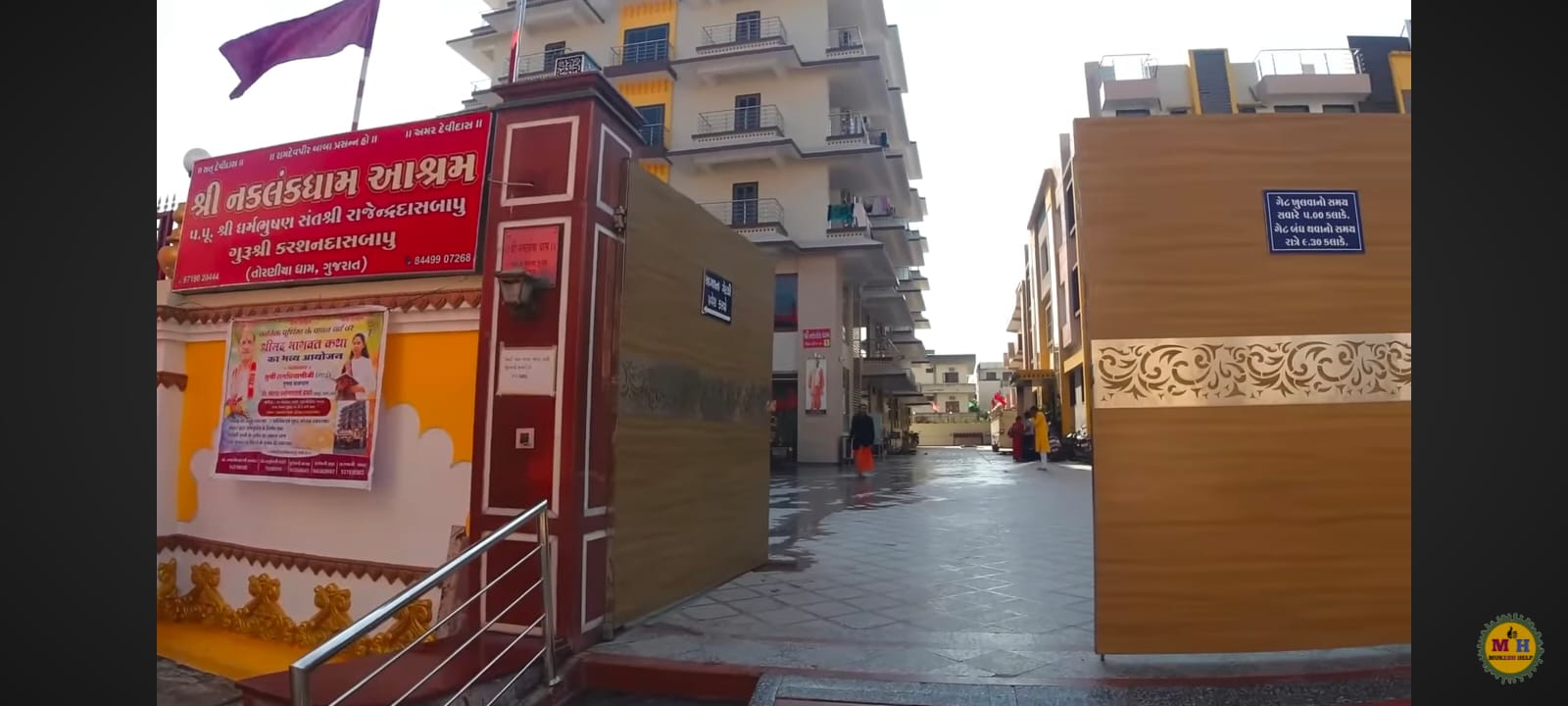
आयकर विभाग किन-किन मापदंडों के आधार पर ITR की स्क्रूटनी के लिए चयन करता है, इसकी पूरी जानकारी। जानें किन मामलों में नोटिस आ सकता है, प्रक्रिया, जरूरी दस्तावेज़ और बचाव के उपाय।
-
#ITRस्क्रूटनी
-
#आयकरनोटिस
-
#IncomeTaxNotice
-
#ITRScrutiny
-
#TaxCompliance
-
#आयकरजांच
-
#ITRNotice
-
#TaxReturn
-
#Section1432
-
#CBDTGuidelines
भूमिका
हर साल लाखों लोग और कंपनियां आयकर रिटर्न (ITR) दाखिल करते हैं। लेकिन इनमें से कुछ रिटर्न्स को आयकर विभाग द्वारा स्क्रूटनी के लिए चुना जाता है। स्क्रूटनी का मतलब है कि विभाग आपके रिटर्न की गहराई से जांच करेगा और आपसे अतिरिक्त दस्तावेज़ या स्पष्टीकरण मांग सकता है। यह प्रक्रिया पारदर्शिता, कर अनुपालन और टैक्स चोरी रोकने के लिए की जाती है।
स्क्रूटनी के लिए चयन के मुख्य मापदंड
आयकर विभाग कंप्यूटर असिस्टेड स्क्रूटनी सिलेक्शन (CASS) सिस्टम और मैन्युअल चयन दोनों का उपयोग करता है। 2025-26 के लिए CBDT द्वारा जारी गाइडलाइंस के अनुसार, निम्नलिखित प्रमुख मापदंडों पर ITR की स्क्रूटनी होती है:
1. असामान्य नकद जमा (Unusual Cash Deposits)
-
बैंक खाते में बड़ी रकम जमा होना, जिसकी जानकारी या स्रोत स्पष्ट नहीं है।
2. बैंक में बड़ी रकम का क्रेडिट (Unexplained Large Bank Credits)
-
खाते में बड़ी रकम आई है, लेकिन रिटर्न में उसका उल्लेख नहीं है या स्रोत स्पष्ट नहीं है।
3. पूंजी निवेश का स्रोत स्पष्ट न होना (Capital Introduction Without Source)
-
व्यापार या फर्म में पूंजी निवेश किया गया, लेकिन उसका स्रोत नहीं बताया गया।
4. GST और ITR में टर्नओवर का अंतर (Mismatch in Turnover)
-
GST रिटर्न और ITR में टर्नओवर या बिक्री में अंतर पाया गया।
5. मर्जर/एक्विजिशन में गड़बड़ी (Discrepancies in M&A)
-
मर्जर या अधिग्रहण से जुड़े लेन-देन में गड़बड़ी या विसंगति।
6. सर्वे या सर्च केस (Survey/Search Cases)
-
जिनके यहां आयकर विभाग ने सर्वे (Section 133A) या सर्च (Section 132/132A) किया है, उनकी ITR अनिवार्य रूप से स्क्रूटनी में जाती है।
7. ITR-7 में छूट का गलत दावा (Exemption Claims Without Valid Registration)
-
ट्रस्ट या संस्था ने पंजीकरण रद्द होने के बाद भी छूट का दावा किया है।
8. बार-बार विवादित जोड़ (Recurring Additions)
-
पिछले वर्षों में जिन मामलों में आय में बड़ा विवादित जोड़ हुआ और वह अपील में भी बरकरार रहा।
9. जांच एजेंसियों से मिली सूचना (Tax Evasion Alerts)
-
CBI, ED या अन्य एजेंसियों से टैक्स चोरी की सूचना मिलने पर।
10. अन्य मापदंड
-
TDS/26AS/AIS में गड़बड़ी, बड़ी संपत्ति की खरीद-फरोख्त, विदेशी आय, बड़ी कटौती या छूट का दावा, आदि।
स्क्रूटनी की प्रक्रिया
- नोटिस जारी होना:अगर आपका ITR स्क्रूटनी के लिए चुना गया है, तो आपको Section 143(2) के तहत नोटिस मिलेगा।दस्तावेज़ जमा करना:आपको मांगे गए दस्तावेज़ और स्पष्टीकरण ऑनलाइन पोर्टल पर जमा करने होंगे।फेसलेस असेसमेंट:अब स्क्रूटनी प्रक्रिया पूरी तरह ऑनलाइन (फेसलेस) होती है, जिससे पारदर्शिता बनी रहती है।फाइनल ऑर्डर:दस्तावेज़ों की जांच के बाद विभाग अंतिम आदेश जारी करता है236।
-
ITR में सभी जानकारी सही और पूरी भरें।
-
बैंक, TDS, GST, AIS, 26AS आदि सभी दस्तावेज़ों का मिलान करें।
-
बड़ी रकम के लेन-देन का स्रोत स्पष्ट रखें।
-
फर्जी छूट या कटौती का दावा न करें।
-
समय पर ITR फाइल करें।
-
बैंक स्टेटमेंट
-
TDS सर्टिफिकेट
-
GST रिटर्न
-
निवेश के प्रमाण
-
संपत्ति खरीद-बिक्री के दस्तावेज़
-
अन्य आय के प्रमाण
-
घबराएं नहीं, नोटिस को ध्यान से पढ़ें।
-
मांगी गई जानकारी समय पर और सही तरीके से दें।
-
जरूरत हो तो टैक्स कंसल्टेंट या CA की मदद लें।
-
पोर्टल पर सभी जवाब ऑनलाइन जमा करें।
-
Large cash deposits in bank accounts without clear explanation or source.
-
Significant credits in bank accounts not reflected in the ITR or without a clear source.
-
Capital introduced in business or firm without proper source disclosure.
-
Discrepancies between turnover reported in GST returns and ITR.
-
Irregularities in transactions related to mergers or acquisitions.
-
If a survey (Section 133A) or search (Section 132/132A) has been conducted, the ITR is compulsorily scrutinized.
-
Trusts or institutions claiming exemptions after registration has been cancelled.
-
Cases where large additions were made in previous years and upheld in appeal.
-
Cases flagged by agencies like CBI, ED, or other regulatory bodies for tax evasion.
-
Mismatches in TDS/26AS/AIS, high-value property transactions, foreign income, large deductions or exemptions, etc.
-
File accurate and complete ITR.
-
Match all details with bank, TDS, GST, AIS, 26AS, etc.
-
Clearly explain the source of large transactions.
-
Do not claim fake deductions or exemptions.
-
File your ITR on time.
-
Bank statements
-
TDS certificates
-
GST returns
-
Investment proofs
-
Property transaction documents
-
Proofs of other income
-
Do not panic; read the notice carefully.
-
Provide the requested information accurately and on time.
-
Consult a tax expert or CA if needed.
-
Submit all responses online through the portal.
स्क्रूटनी से कैसे बचें?
जरूरी दस्तावेज़
स्क्रूटनी नोटिस मिलने पर क्या करें?
निष्कर्ष
आयकर विभाग की स्क्रूटनी प्रक्रिया पारदर्शिता और टैक्स अनुपालन के लिए जरूरी है। अगर आप सही और ईमानदारी से ITR फाइल करते हैं, तो घबराने की जरूरत नहीं है। विभाग का मकसद टैक्स चोरी रोकना और सिस्टम को मजबूत बनाना है।
English Article
ITR Scrutiny Notice: What Parameters Does the Income Tax Department Use to Select ITRs for Scrutiny?
Introduction
Every year, millions of individuals and companies file Income Tax Returns (ITR) in India. However, only a select few are picked by the Income Tax Department for scrutiny. Scrutiny means a detailed examination of your return, where the department may ask for additional documents or clarifications. This process ensures transparency, tax compliance, and helps curb tax evasion.
Key Parameters for Scrutiny Selection
The Income Tax Department uses both Computer Assisted Scrutiny Selection (CASS) and manual selection. As per the latest CBDT guidelines for 2025-26, the following are the main parameters for ITR scrutiny:
1. Unusual Cash Deposits
2. Unexplained Large Bank Credits
3. Capital Introduction Without Source
4. Mismatch in Turnover (GST vs ITR)
5. Discrepancies in Mergers & Acquisitions
6. Survey/Search Cases
7. Exemption Claims Without Valid Registration (ITR-7)
8. Recurring Additions
9. Tax Evasion Alerts
10. Other Parameters
Scrutiny Process
Notice Issuance:If your ITR is selected, you will receive a notice under Section 143(2).Document Submission:You must submit the required documents and clarifications online via the tax portal.Faceless Assessment:The entire scrutiny process is now faceless (online), ensuring transparency.Final Order:After reviewing your documents, the department issues a final order.
How to Avoid Scrutiny?
Essential Documents
What to Do If You Receive a Scrutiny Notice?
Conclusion
The scrutiny process by the Income Tax Department is essential for transparency and tax compliance. If you file your ITR honestly and accurately, there is no need to worry. The department’s aim is to prevent tax evasion and strengthen the tax system.
नोट: यह लेख 2025-26 के लिए जारी नवीनतम CBDT गाइडलाइंस और प्रमुख समाचार स्रोतों पर आधारित है।Note: This article is based on the latest CBDT guidelines and major news sources for FY 2025-26.







